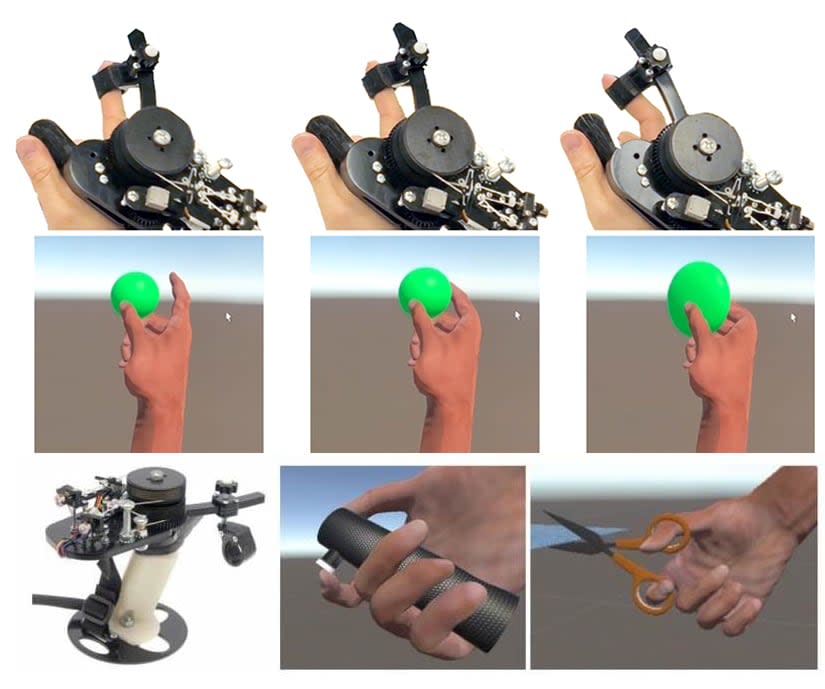Microsoft's latest VR experiment is a literal walk in the park
You could walk to work inside a virtual world.
While manufacturers are giving up on phone-based VR and Facebook is focusing on VR's social aspects, Microsoft is taking a different approach to virtual reality. The company revealed its latest VR developments in a blog post, showing off three new technologies including one which enables VR experiences in open locations.
The biggest breakthrough is a method to let people navigate a real-world environment while experiencing VR. Microsoft suggests users could explore a virtual world while traveling along a familiar route such as their daily walk to work. The VR system can adapt to changes to the route made by the walker, "making it possible to transform a walk to the grocery store or to a bus stop, say, into a walk through Times Square in VR."
To keep users safe while navigating outdoor environments, the DreamWalker system uses real-time environment detection and walking redirection. Before a journey begins, the system plans a path in the virtual world which is as close as possible to the path in the real world. When differences do arise, these differences are corrected by gradually adjusting the direction users walk in and by introducing virtual obstacles such as road blocks. These obstacles can also be used to guide users away from real-world dangers.

Another development is the use of eye tracking to enhance the VR experience. The Mise-Unseen system can detect in which direction a user is looking and covertly make changes to the environment in a different location, allowing VR environments to be dynamically updated without interrupting the experience for the user.

Finally, Microsoft has also developed a new style of haptic controller called CapstanCrunch which contains a small internal motor to create resistance. Previous haptic controllers have required large motors to resist the forces of a human hand, but the new controller magnifies the user's own hand strength to create the resistance.
All three of these VR technologies will be presented at the ACM Symposium on User Interface Software and Technology (UIST) 2019 this week, and you can visit Microsoft at UIST 2019 to learn more.



